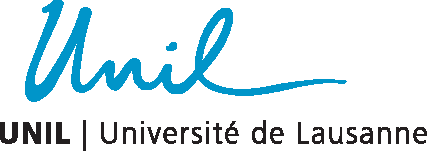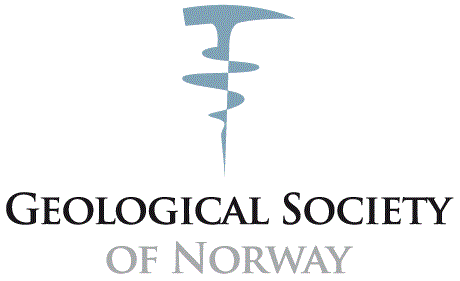Keynote Speakers
Keynote 1: The importance of geomatics in mapping and monitoring geohazards in Norway
Lars Harald Blikra, Norwegian Water Resources and Energy Directorate
Norway’s topography provides some unique challenges in terms of safety and infrastructure, which must be managed to protect human life and ensure a modern communication and transport network. Different types of landslides occur regularly, especially in western Norway, typified by deep valleys and fjords stretching for many kilometres inland. Falling rock masses entering the fjord system can cause tsunamis and flooding, giving failures potentially catastrophic consequences for local populations. This gives a societal obligation to manage risk and provide early warning – exemplified by a major programme for rockslide management and monitoring in Norway. Here, geomatics methods are playing their part in identification, site characterisation and monitoring, providing a showcase application for the theme of VGC 2016. In his keynote speech, Prof Blikra will give an overview of this important geohazard affecting Norwegian society, and how geomatics is integrated into an array of mapping and monitoring techniques that are used for managing risk and uncertainty.
Lars Harald Blikra is Head of Section for Rockslide Management at the Norwegian Water Resources and Energy Directorate (NVE), as well as an Adjunct Professor at the University of Tromsø. He has a background in geology and is internationally-recognised for his work on landslide characterisation.
Keynote 2: The potential of visualisation and visual data analysis in geoscience
Helwig Hauser, Visualization Group, University of Bergen
Geoscientists acquire an increasing amount of rich spatial data in order to support their research. With increased data volumes as well as with increased heterogeneity of the acquired data, the utilization of modern analysis and visualization technology becomes important. The field of visualization offers high-performance techniques for visualization, for example, exploiting graphics hardware, as well as advanced methods for the interactive visual analysis of rich geoscientific data. In this talk, we review the potential of modern visualization technology in the field of geoscience. In particular, we sketch an answer to the question of how advanced visualization is more than just rendering 2D pictures from 3D scenes.
Since 2007, Helwig Hauser has been professor of visualization at the University of Bergen, Norway, where he leads a research group in the field of visualization at the Department of Informatics. He has around 20 years of experience in visualization research with a major focus on application-oriented basic research. The topic of visualization for the geosciences is one of the central research topics in the Visualization research group in Bergen.
Important Dates
- Abstract submission
May 08, 2016 (closed) - Acceptance
June 29, 2016: authors notified - Conference registration
Standard rate: Sept 20, 2016
- Short courses/workshop
September 21, 2016 - Conference
September 22-23, 2016 - Special issue paper submission
January 15, 2016 (closed)













